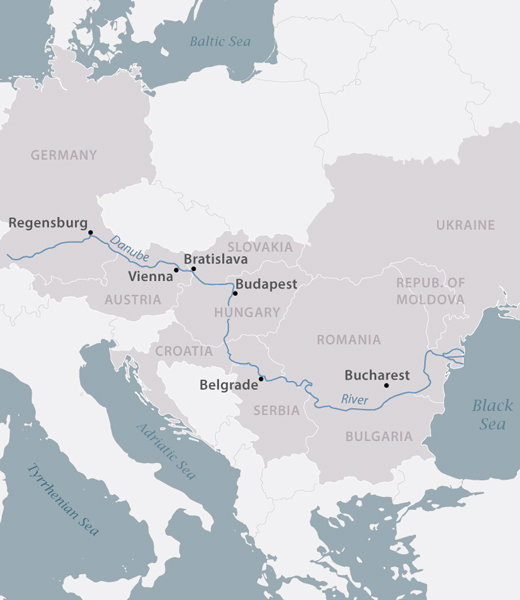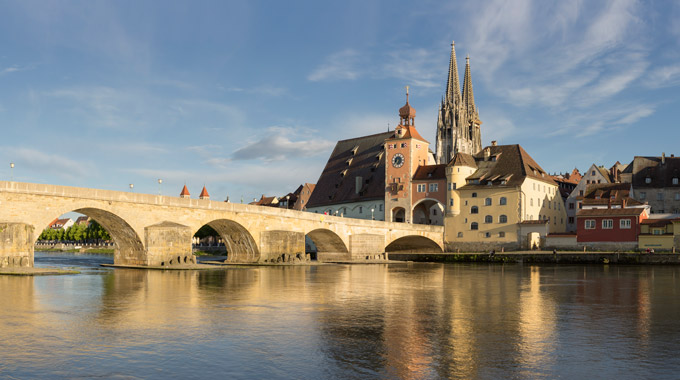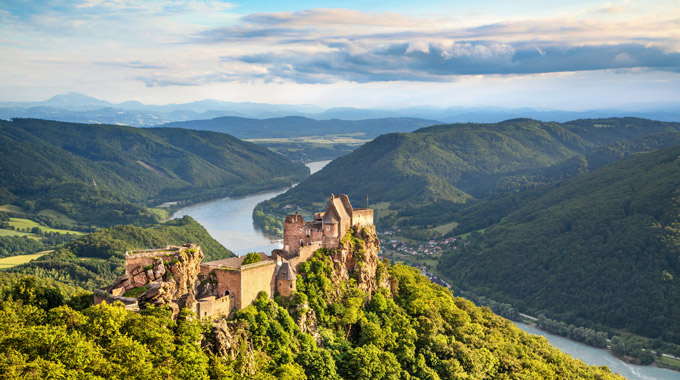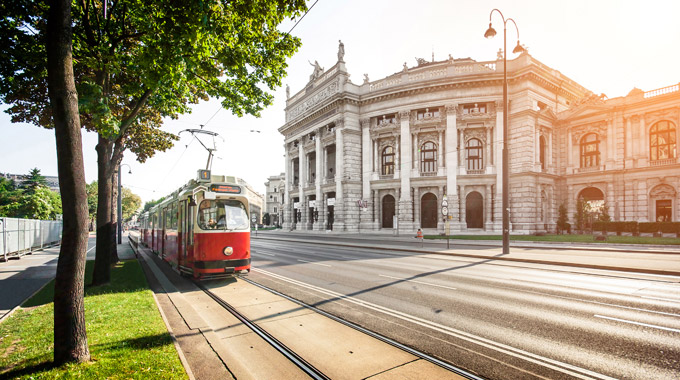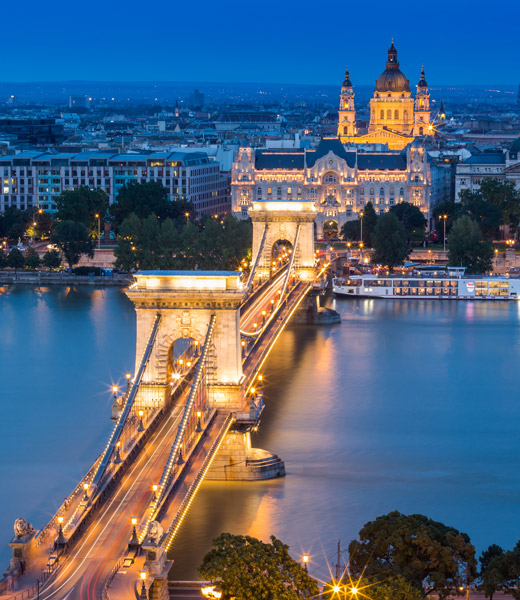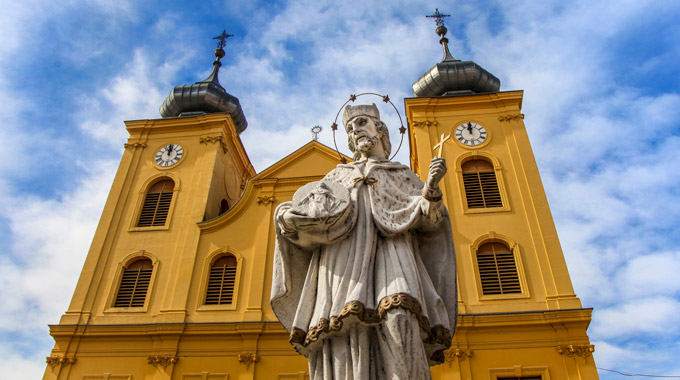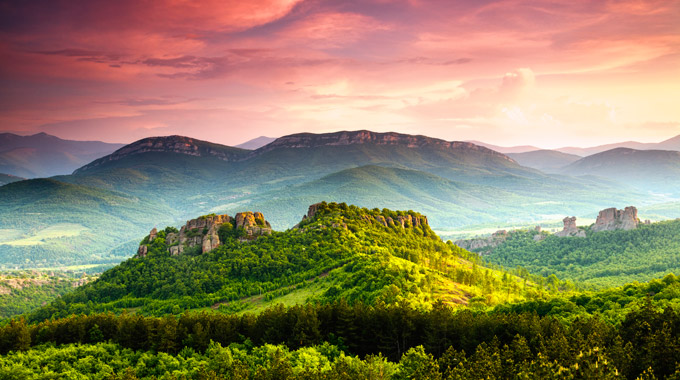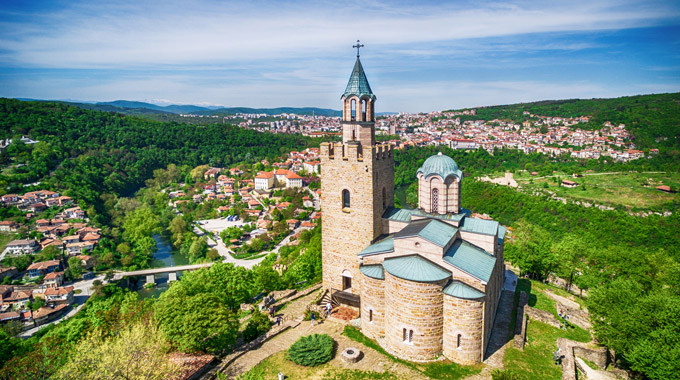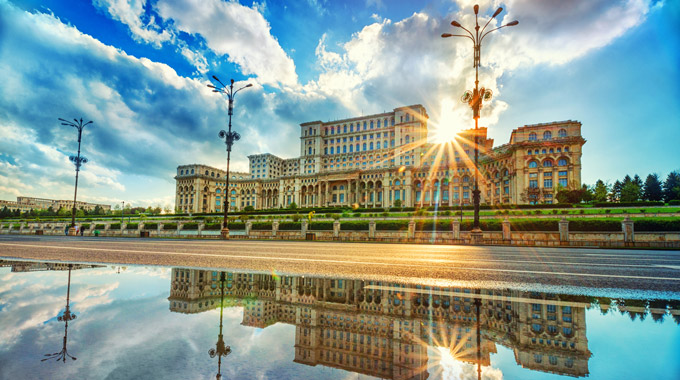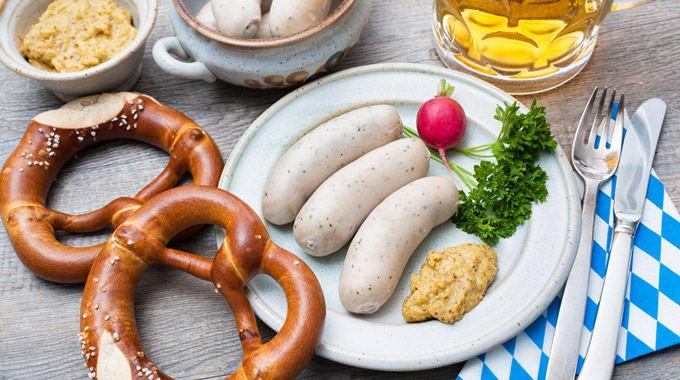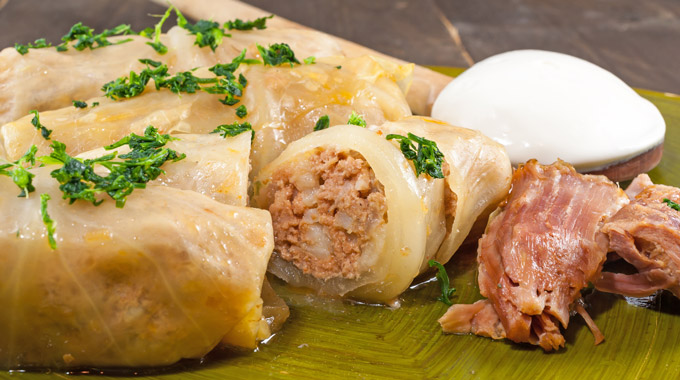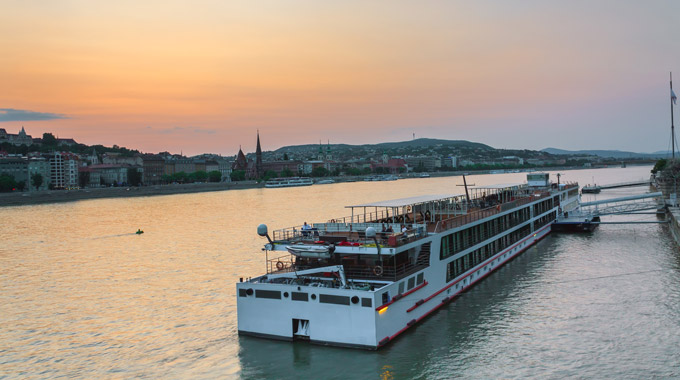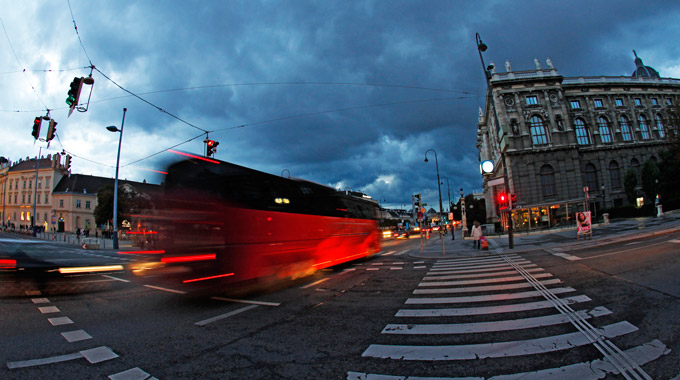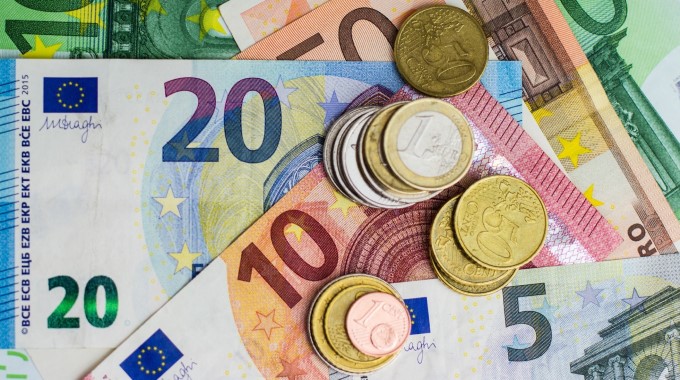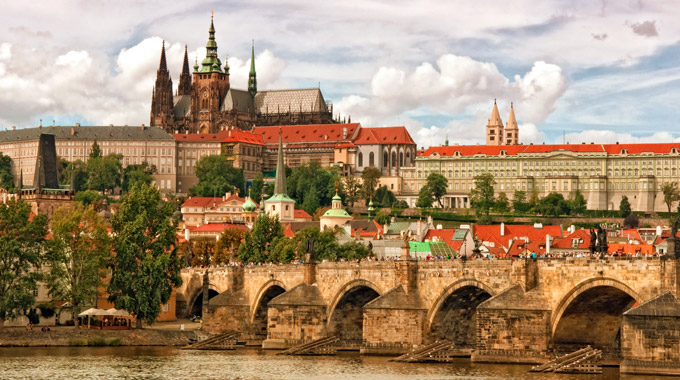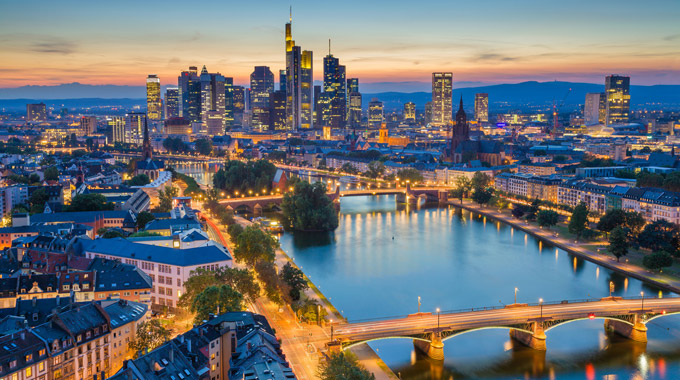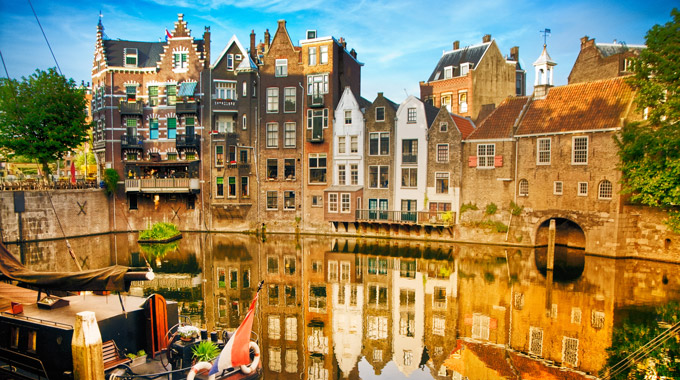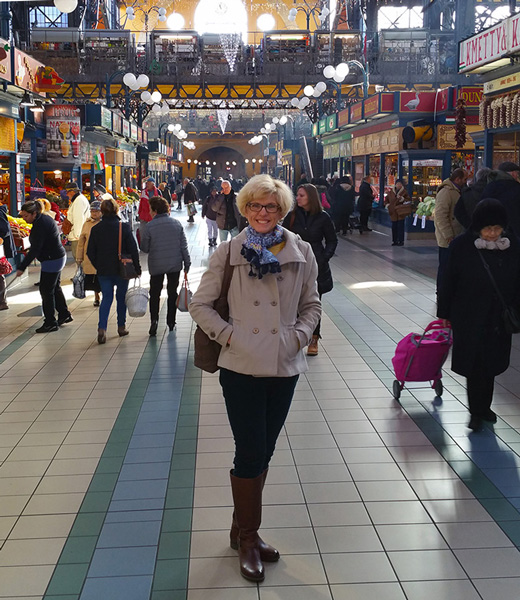Castles on hilltops. Bustling metropolises. Bucolic vineyards. No river captures the breadth of the European river cruise experience like the Danube, which offers all these (and more) along a route stretching from Bavaria to the Black Sea.
Options abound at every turn: Take a weeklong cruise, or extend your journey up to a monthlong expedition. Focus on a few regions that most interest you, or cruise the entire river. Stick close to the water, or go on excursions to farther-flung sites.
"The Danube has a lot of small-town charm and big-city interest—more variety than you'll find on other rivers," says Allison Walker, one of AAA's top travel advisors. “River cruising suits every age and activity level. I have cruised with both my parents and my 20-something children. Cruisers can choose to take driven tours, easy walking tours, or sail and enjoy the sites. Or if a more active approach is preferred, hiking, or my personal favorite, biking, on a variety of excursions will satisfy every interest. It’s a great way to get out amongst the locals and the charming nooks and crannies of a village or larger town.”
With so many choices, advice from a travel advisor is invaluable. Read on for just a few highlights of Danube cruising, plus insights from Allison, who has 21 years of experience as a travel advisor and has cruised the Danube 3 times with 3 different cruise lines.


